Buy the photo Fog in dark Amsterdam - part 3: A'DAM Tower by Jeroen de Jongh Photography on canvas, ArtFrame, poster and wallpaper, printed on demand in high quality.
About "Fog in dark Amsterdam - part 3: A'DAM Tower"
by Jeroen de Jongh Photography
About the artwork
The IJ is a river, formerly an estuary, in North Holland. The actual IJ or Binnen-IJ separates the Amsterdam city centre from Amsterdam North, and was originally an offshoot of the Zuiderzee. The name IJ is related to the (West-)Frisian Ae, Ee or Die. This means 'water'.
There are several theories about the origin of the IJ. Possibly the IJ started as a creek, as a result of a breach in the dunes near Castricum. More likely, the IJ is a remnant of a northern arm of the Rhine delta. Finally, the IJ could also have originated from the neighbouring city of Almere. Whatever the case, during Roman times the Oer-IJ formed the connection between Almere and the Utrecht Vecht on the one hand, and the North Sea on the other. The connection to the North Sea later disappeared, while in the Middle Ages the IJ became increasingly wider. This was related to the creation of the Zuiderzee, itself the result of a number of storm surges (such as the Allerheiligen flood).
In the Middle Ages, dikes were built along the IJ: on the south side of the Amstel in eastern direction the Sint Antoniesdijk (later replaced by the Hoogte Kadijk), the Zeeburgerdijk and the Diemerzeedijk. To the west are the Haarlemmerdijk and Spaarndammerdijk. On the north side lies the Noorder IJdijk. At the end of the Middle Ages, dike villages arose along this dike, from east to west: Durgerdam, Schellingwoude, Nieuwendam, and Buiksloot.

About Jeroen de Jongh Photography
I'm Jeroen, and I'll spare you the long introduction. ;) If you're looking for a landscape photo for your wall, you've come to the right place... Read more…
 Netherlands
Netherlands Ordered in June 2019
Ordered in June 2019
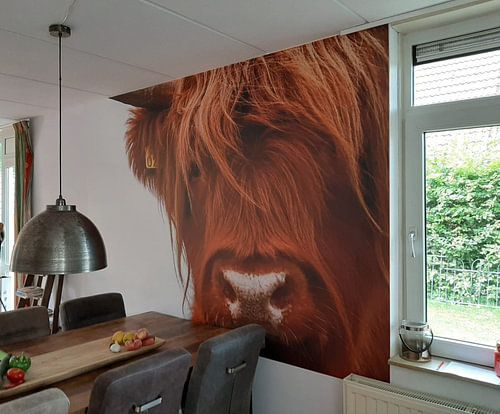
 Netherlands
Netherlands Ordered in October 2019
Ordered in October 2019
 Germany
Germany Ordered in April 2025
Ordered in April 2025
 Netherlands
Netherlands Ordered in October 2021
Ordered in October 2021
 Netherlands
Netherlands Ordered in April 2021
Ordered in April 2021
 Netherlands
Netherlands Ordered in April 2024
Ordered in April 2024
 Germany
Germany Ordered in August 2023
Ordered in August 2023
 Germany
Germany Ordered in April 2021
Ordered in April 2021
 Germany
Germany Ordered in April 2024
Ordered in April 2024
 Germany
Germany Ordered in September 2023
Ordered in September 2023
 Netherlands
Netherlands Ordered in November 2021
Ordered in November 2021
 Netherlands
Netherlands Ordered in August 2021
Ordered in August 2021
About the material
ArtFrame™
Interchangeable Art Prints
- High-quality print
- Easily interchangeable
- Acoustic function
- Large sizes available
Discover the artworks of Jeroen de Jongh Photography
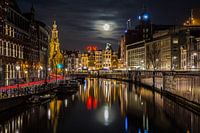 Full moon at the flower marketJeroen de Jongh Photography
Full moon at the flower marketJeroen de Jongh Photography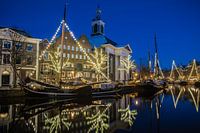 Lange HavenJeroen de Jongh Photography
Lange HavenJeroen de Jongh Photography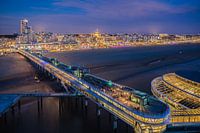 Scheveningen PierJeroen de Jongh Photography
Scheveningen PierJeroen de Jongh Photography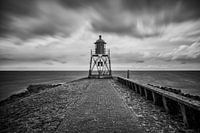 Lighthouse StavorenJeroen de Jongh Photography
Lighthouse StavorenJeroen de Jongh Photography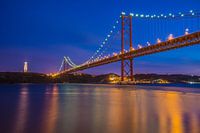 April 25th BridgeJeroen de Jongh Photography
April 25th BridgeJeroen de Jongh Photography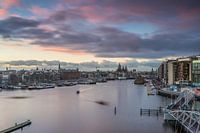 OosterdokJeroen de Jongh Photography
OosterdokJeroen de Jongh Photography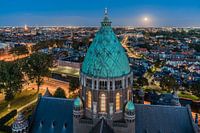 Climb to the lightJeroen de Jongh Photography
Climb to the lightJeroen de Jongh Photography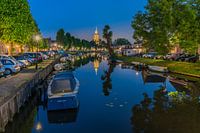 MonnickendamJeroen de Jongh Photography
MonnickendamJeroen de Jongh Photography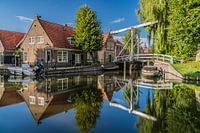 Zonnepad MonnickendamJeroen de Jongh Photography
Zonnepad MonnickendamJeroen de Jongh Photography Mill de Vlinder on a misty morning in the BetuweJeroen de Jongh Photography
Mill de Vlinder on a misty morning in the BetuweJeroen de Jongh Photography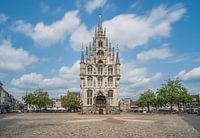 Town Hall of Gouda at the MarketJeroen de Jongh Photography
Town Hall of Gouda at the MarketJeroen de Jongh Photography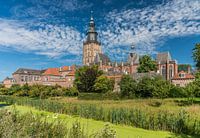 Swans at the skyline of ZutphenJeroen de Jongh Photography
Swans at the skyline of ZutphenJeroen de Jongh Photography Quiet autumn morning in the park of Groeneveld CastleJeroen de Jongh Photography
Quiet autumn morning in the park of Groeneveld CastleJeroen de Jongh Photography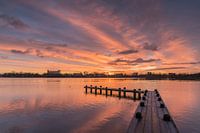 Magical sunrise at the Amstelveense PoelJeroen de Jongh Photography
Magical sunrise at the Amstelveense PoelJeroen de Jongh Photography Sunrise in the cherry blossom park of the Amsterdamse BosJeroen de Jongh Photography
Sunrise in the cherry blossom park of the Amsterdamse BosJeroen de Jongh Photography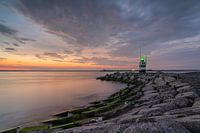 Sunset at the IJmuiden PierJeroen de Jongh Photography
Sunset at the IJmuiden PierJeroen de Jongh Photography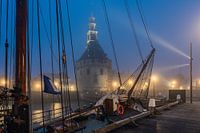 Hoorn's Hoofdtoren in the mistJeroen de Jongh Photography
Hoorn's Hoofdtoren in the mistJeroen de Jongh Photography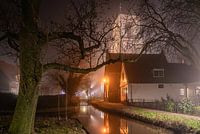 Rocking in foggy RansdorpJeroen de Jongh Photography
Rocking in foggy RansdorpJeroen de Jongh Photography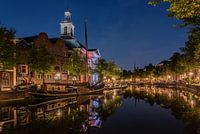 Peace and quiet at Schiedam's Lange HavenJeroen de Jongh Photography
Peace and quiet at Schiedam's Lange HavenJeroen de Jongh Photography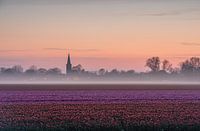 Tulip field, fog bank, church, colourful horizonJeroen de Jongh Photography
Tulip field, fog bank, church, colourful horizonJeroen de Jongh Photography
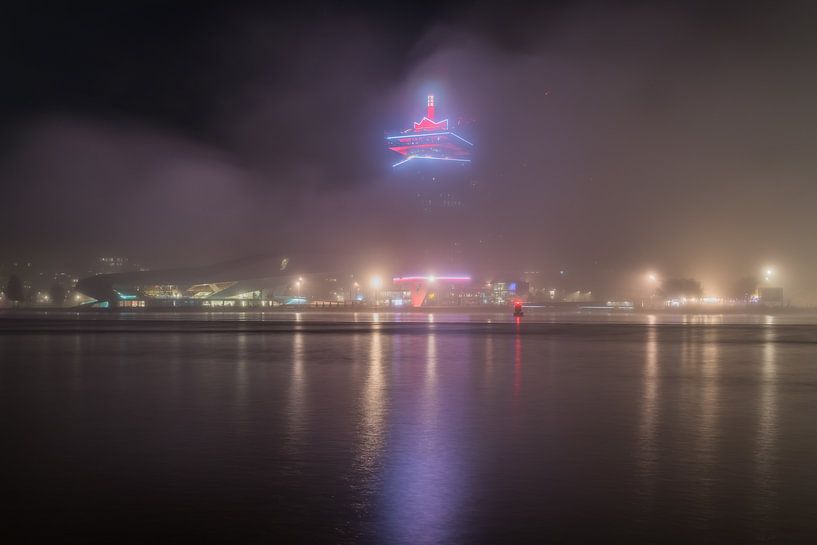












 Amsterdam
Amsterdam Amsterdam Central Station
Amsterdam Central Station City centre of Amsterdam
City centre of Amsterdam Europe
Europe Fog
Fog Mysterious Spheres
Mysterious Spheres North Holland
North Holland Photo wallpaper
Photo wallpaper Photography
Photography Serene Peace
Serene Peace The Netherlands
The Netherlands









